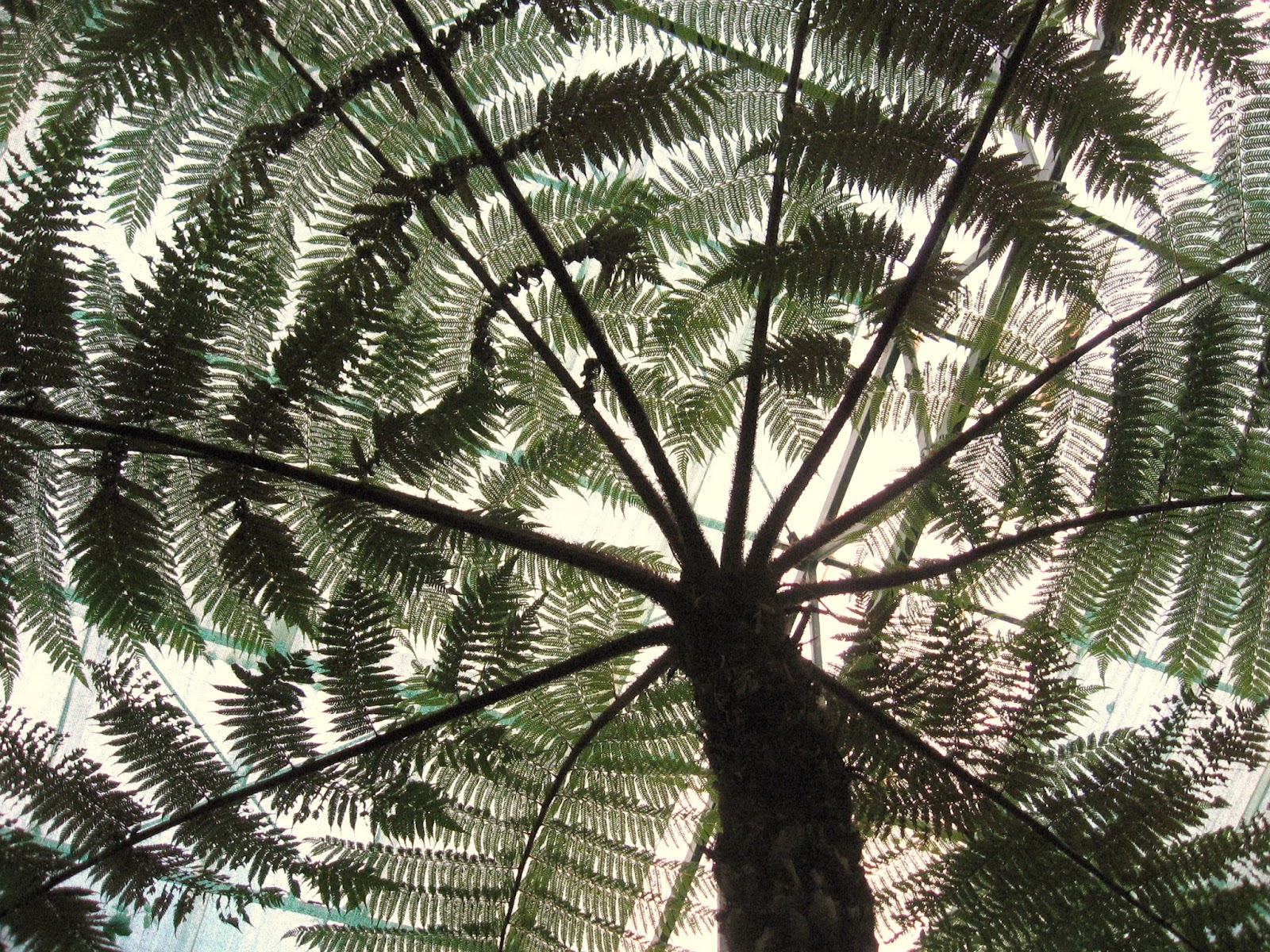 |
| The Census Report - needed updation |
Known more as the home to the One Horned Rhino, the grasslands of Assam also offer refuge to other animals such as the Water Buffalo, Hog Deer, Tiger and the occasional Monkey. The grassland was at one time under threat due to major afforestation. Prized for its Horn, Poachers offered another threat to the Rhino. All this has been set aside now with the Government taking the initiative for its conservation and their numbers have swelled well over a 1000. Our visit here was absolutely uneventful. Starting at 6am in the morning as we were told is the best time to spot them, come noon and they become a bit aggressive.

The Elephant ride cost us Rs 500/ per head. There was a struggle here, a large group of Senior Citizens from Mumbai had come over for a visit and we had to sit it out for close to a couple of hours before finally getting the ride. Each Elephant carries around 8 people on its back and the Mahout. You may also have a rifle toting guard sitting next to you just to be on the safer side. The Rhinos are pretty aggressive and have known to even charge an Elephant, so a Rifle shot in the air is good enough to deter them. An occasional Machan is sighted in the middle of the park, probably meant for more adventurous kind of tourists
 |
| The Lone Rhino |
 |
| The Sly Devil - reminds me of a Bollywood villian |
Sighting a Rhino is pretty easy, you may site at least half a dozen before your hour long tour concludes. Typically shy, getting close to one for a good photo shot was a challenge but we finally managed one. And we were in luck as we also sighted a small herd of Hog Deer at a distance as well as a lone Water Buffalo. Considering the abundance of Water, the grassland is also known to be a refuge for some Known and Unknown Bird species.
Given a National park status in 1974, and a World Heritage site in 1985, Asia's premier Rhino sanctuary has now become a rocking success for his future.













































